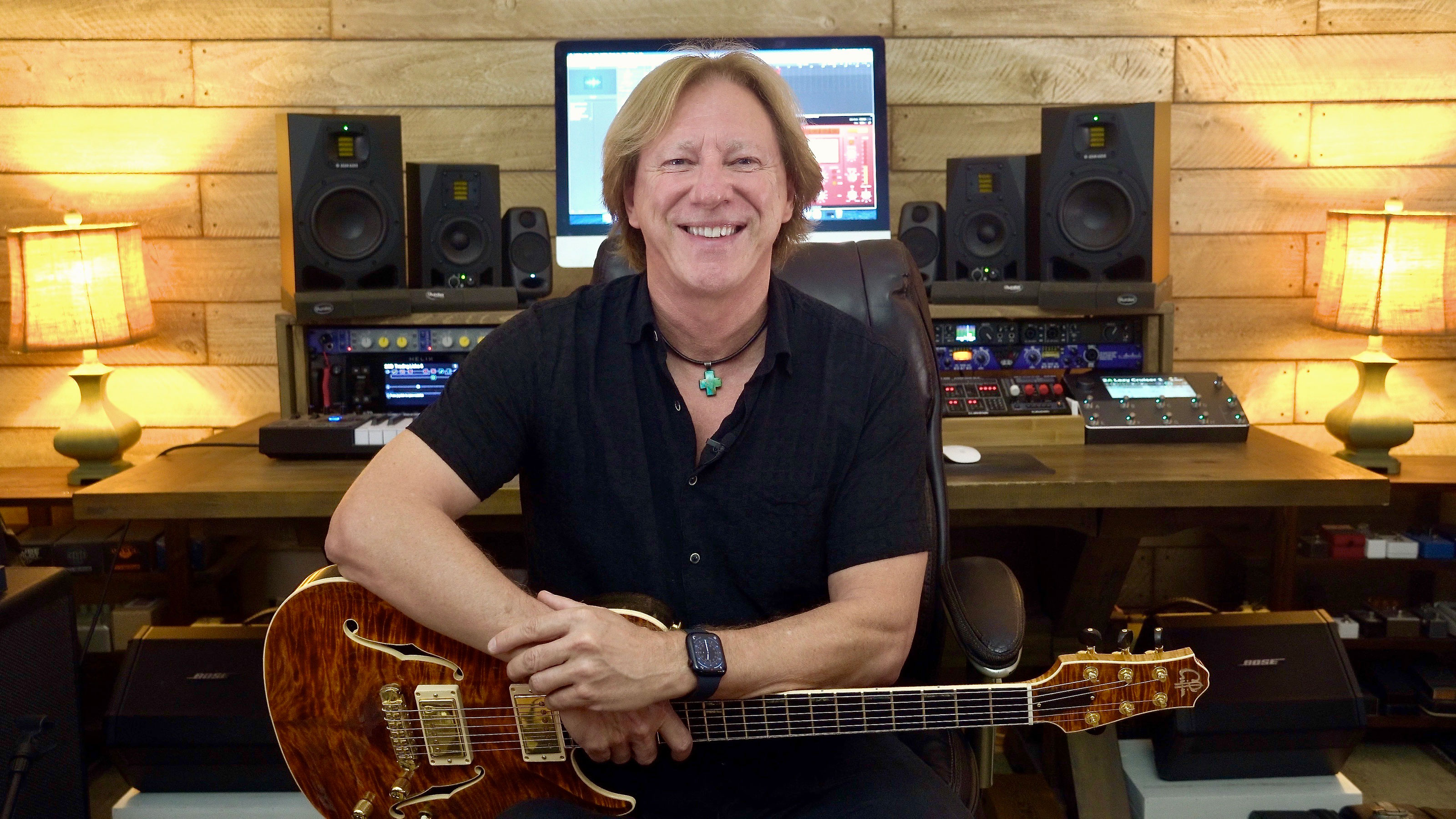By Robbie Calvo | Supplementary Materials: Click here to download the PDF and GPX files.
Don’t let the term “Modes” scare you in any way. It’s basically the seven note major scale, inverted seven times, to create the seven modes.
Here’s the major scale of G, and the seven chords that result from harmonizing the scale.
G – A – B – C – D – E – F#
G – Ami – Bmi – C – D – Emi – F#Dim
We can use any of these chords to create chord progressions within the key of G.
The Tonal Center
The resolution point of a chord progression is called the tonal center. The tonal center is typically the first chord in a progression.
For example:
II: G I C EMI :II
This chord progression has a tonal center of the G chord. So when improvising over this progression, you’d use the G Major Scale resolving to the tones, and tonal center of the G chord. This mode is called the Ionian mode. The first mode of the G Major Scale.
Let’s take a look now at the second mode of the G Major Scale, A Dorian.
A Dorian is the G Major Scale starting on A up to A.
A – B – C – D – E – F# – G (The same notes as the G Major Scale only starting on A)
This inversion of the G Major Scale relates directly to the Ami chord built from that starting point.
Let’s look at our simple Dorian progression for this lesson.
II: Ami7 I Ami6 :II
Listen to the backing track and you’ll notice this simple chord progression has a lot of musical flavor regardless of it’s static nature.
Characteristic Notes
Each mode of the Major Scale contains a characteristic note that evokes the flavor of that mode. The Dorian mode, characteristic note, is the naturally occurring Major Sixth. (The Dorian is the only minor mode with a major sixth.)
I’ve used that characteristic note in the second chord of the progression to make the Dorian “sound” more obvious and pronounced.
A Dorian Mode Solo
Improvising over this progression couldn’t be simpler. Locate a pattern of the G Major Scale and play your favorite licks resolving them to the tones of Ami7. (The tonal center of this progression)
R – Mi3 – 5th – Mi7 – Ma6
A – C – E – G – F#
These four tones above are your “Sweet Notes” and the strongest places to resolve your licks and lines.
Further enhance the A Dorian modal sound by targeting the major sixth (F#).
The major 6th, because it’s in the chords, also becomes a sweet note (chord tone) … so yes, you can resolve there too!
This gives you five out of the seven tones in the scale that will sound great resolving your lines to.
Work slowly through the tab and notation to build some Dorian repertoire, or simply jam over the track applying my rationale.
Have fun and I’ll see you in couple of weeks for another session.
About Robbie Calvo
Nashville session player, performing artist and world-renowned educator, Robbie Calvo is one of TrueFire’s most popular educators with 22 best-selling interactive video courses. Go deeper on modes with Robbie’s Modal Expose course.
